
GUEST BLOGGER MARSHA DIANE ARNOLD
I’m Marsha Diane Arnold, author of Lights Out, a picture book about light pollution. Although we don’t see human characters in Lights Out, the book clearly shows how man and man’s artificial lights affect the animal characters.
Light pollution comes from artificial lights that are too bright or lights that shine on areas where light isn’t needed. These lights adversely affect humans and animals. For example, man’s lights confuse sea turtle hatchlings. The baby turtles move toward busy streets rather than the moon’s glow on the ocean.
The activity below invites your students to think about light pollution around their home/hometown and the animals that are affected.
What’s the problem with light pollution?
First, read Lights Out. Students will discover that Fox and Firefly are the main characters, meeting more animals on their search for Darkness. Each of the animals is negatively affected by light pollution.
After reading Lights Out:
- Ask the students to think about their local area or ecosystem. Do they think light pollution is a problem?
- Ask what animals in their area/ecosystem might be negatively affected by light pollution. Make a list of these animals.
- Ask what constellations and/or stars they see from their home. Discuss whether they could see more if there were less light pollution.
Choose an ecosystem to draw
You’ll need:
- Colored pencils, crayons, Twistable crayons, oil pastels, etc.
- Butcher paper roll or easel paper roll to draw on.
Procedure
- Divide the students into groups of four. They will be drawing ecosystems, animals, and constellations, to make into a long art project, then writing about their drawing.
- In Lights Out, the animals search “across the wide, wide world” and readers see a number of ecosystems in the book. For this project, the students will be working with four ecosystems – forests, meadows, wetlands, and seaside. Have each child choose one of these ecosystems. Explain that choosing this ecosystem for their drawing is similar to choosing a setting for a story.
- Draw/paint the ecosystems on the long piece of butcher/easel paper. Students can work together on a long table, dividing the paper into four sections.
Choose animals for your ecosystem and add to the drawing
- After students draw their ecosystems, ask them to think about the animals that live in each ecosystem. Ask students to think about the following animals in Lights Out, and answer the questions:
- Songbird and firefly. What other animals that fly might be affected by artificial lights? (Possible responses: bats, owls, moths and other night pollinating insects)
- Bear and fox. What other animals that hibernate or hunt at night might be affected? (Possible responses: coyotes, raccoons)
- Frogs. What other animals that live near ponds or wetlands might be affected? (Possible responses: river otters, toads, mice)
- Sea turtle hatchlings. What other animals that live in or near the ocean or sea might be affected? (Possible responses: sea lions, seabirds, coral)
- Ask each child to choose one or two animals that live in the ecosystem they drew. Explain that choosing an animal for their drawing is similar to choosing a character for a story.
- Draw the chosen animal/animals into the ecosystem.
- Suggest that the students include an image of themselves in their ecosystem. Brainstorm how they might fit in. Might they have a tent or binoculars?
Choose a constellation and add to the drawing
Ask the students to choose a star or a constellation that would be seen above an ecosystem if there were no human-made light sources present. Then, have them draw/color the star/constellation above the land and animals, as a representation of what would be seen at night without light pollution. You may wish to also share books such as Constellations: An Easy Book to Discovering the Stars or Zoo in the Sky. You can also watch this short video of 15 constellations:
Display and discuss the artwork
- Hang the completed art on the classroom or hallway wall, and then talk about the connections between animals, people, and the environment.
- Ask your students if it would have been necessary for Fox and friends to have gone on their journey if everyone had done just a little to minimize light pollution?
- Ask students what they or their town can do to lessen light pollution.
Write a story to go with the artwork and explore more
- Have each student choose a part of the artwork and write a story about it.
- Visit the International Dark Sky Association and Night Sky Tourist to learn what’s being done to bring back dark skies and how you can enjoy them.
*Remember to visit https://marshadianearnold.com/activities-lights-out/ for an entire kit of Lights Out STEAM activities.
Called a “born storyteller” by the media, Marsha Diane Arnold’s picture books often revolve around animals and the environment. Her books have sold over one million copies and been called, “uplifting,” “heart-warming” and “great read-alouds.” They have garnered honors like Best First Book by a New Author (Heart of a Tiger), Smithsonian Notable (The Pumpkin Runner), and Dolly Parton’s Imagination Library (Roar of a Snore). Her bilingual Galápagos Girl’s honors include Green Prize for Sustainable Literature. Badger’s Perfect Garden’s honors include the Growing Good Kids-Excellence in Children’s Literature Award from the American Horticultural Society.
Marsha enjoys sharing her love of books and nature with children and adults. She has visited schools from Germany to Kenya to Kansas and is currently doing virtual visits from India to Michigan, the later where her Galápagos Girl was chosen as the Little Read Lakeshore community read.
Marsha lives with her husband in the small town of Alva, Florida, with nature preserves on two sides of their home. Her primary joys are family, books, and nature.
Learn more about Marsha and her books at:
- https://marshadianearnold.com/
- Facebook: https://www.facebook.com/marshadianearnold
- Instagram: https://www.instagram.com/marshadianearnoldauthor/
- Twitter: https://twitter.com/MarshaDArnold
- The Creative Company (Lights Out publisher): https://twitter.com/CreativeCoMN


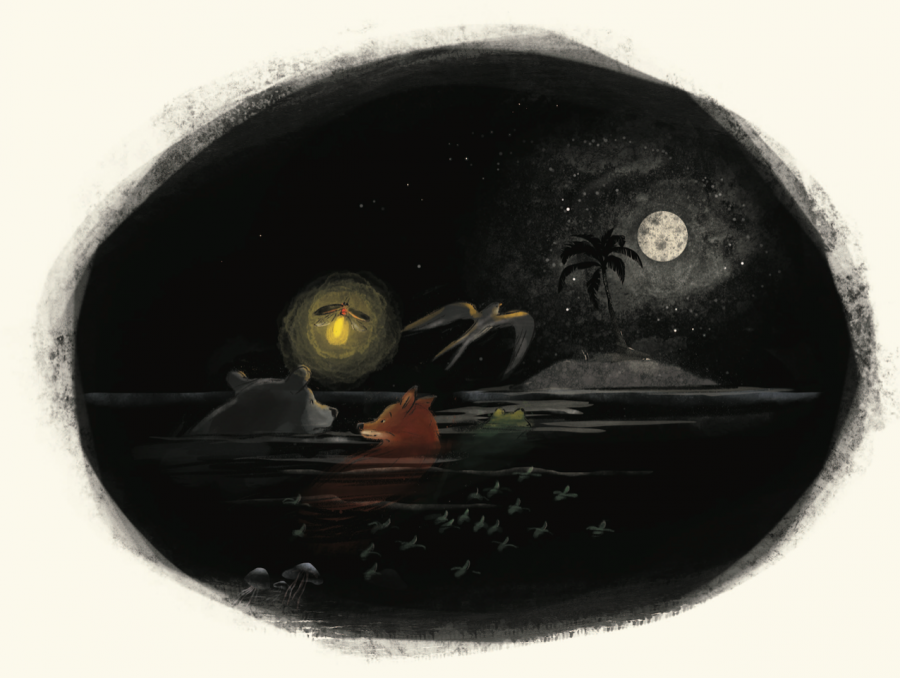
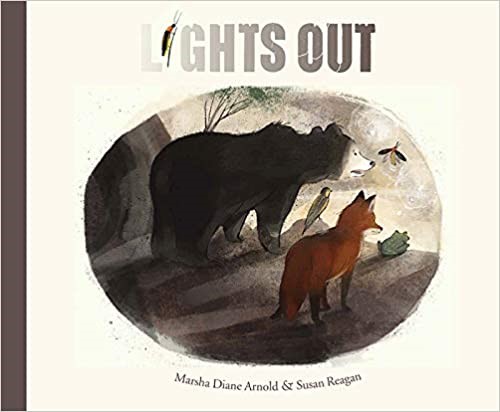
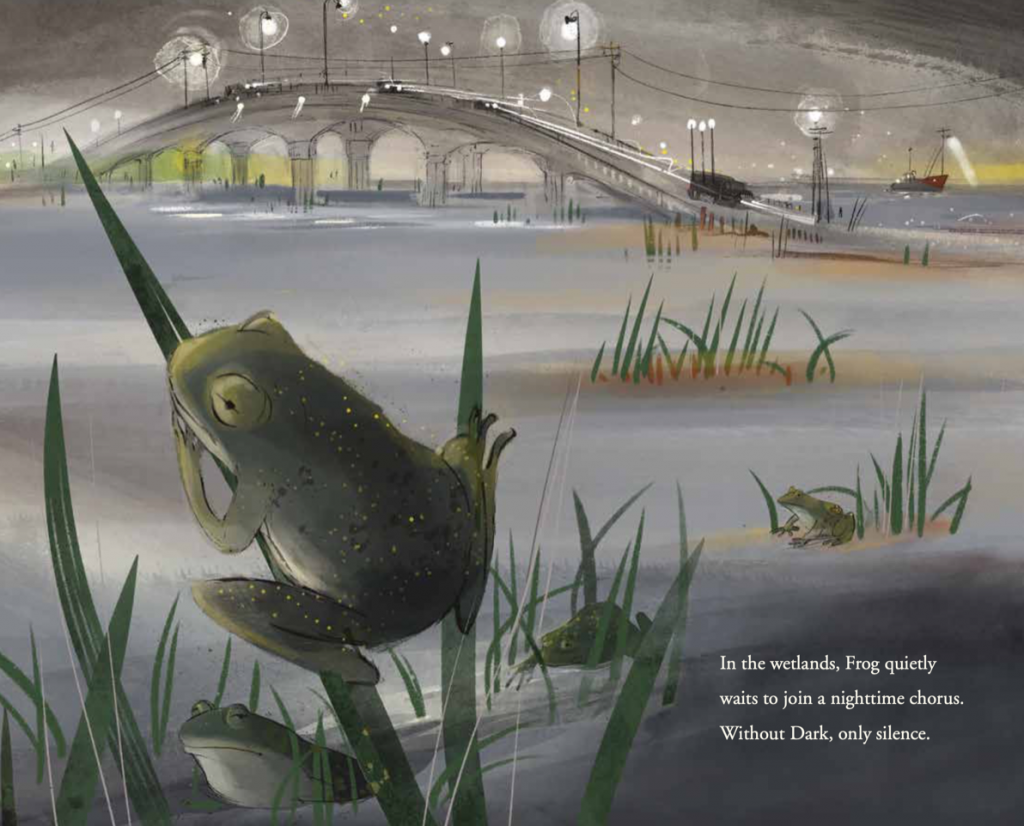



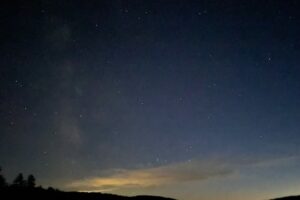
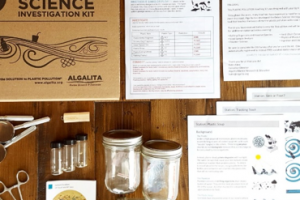


Leave a Reply
Your email is safe with me.